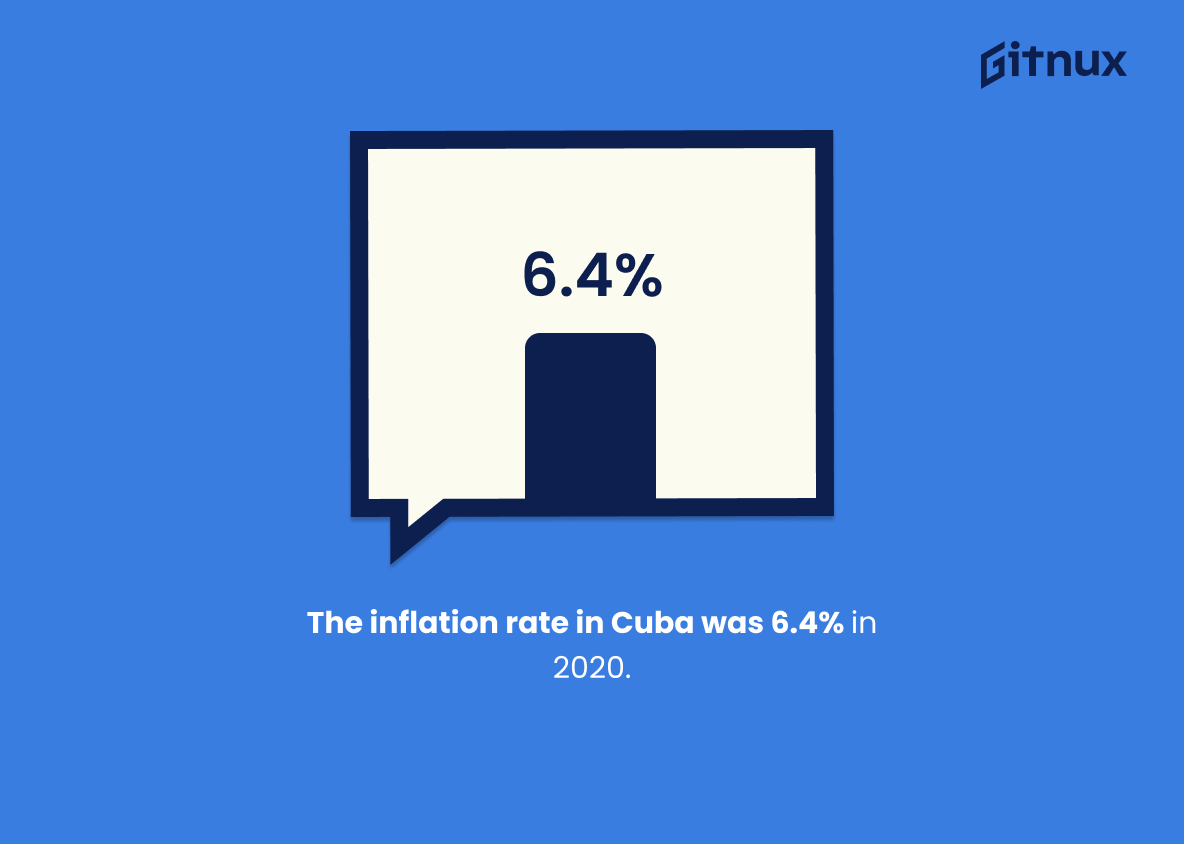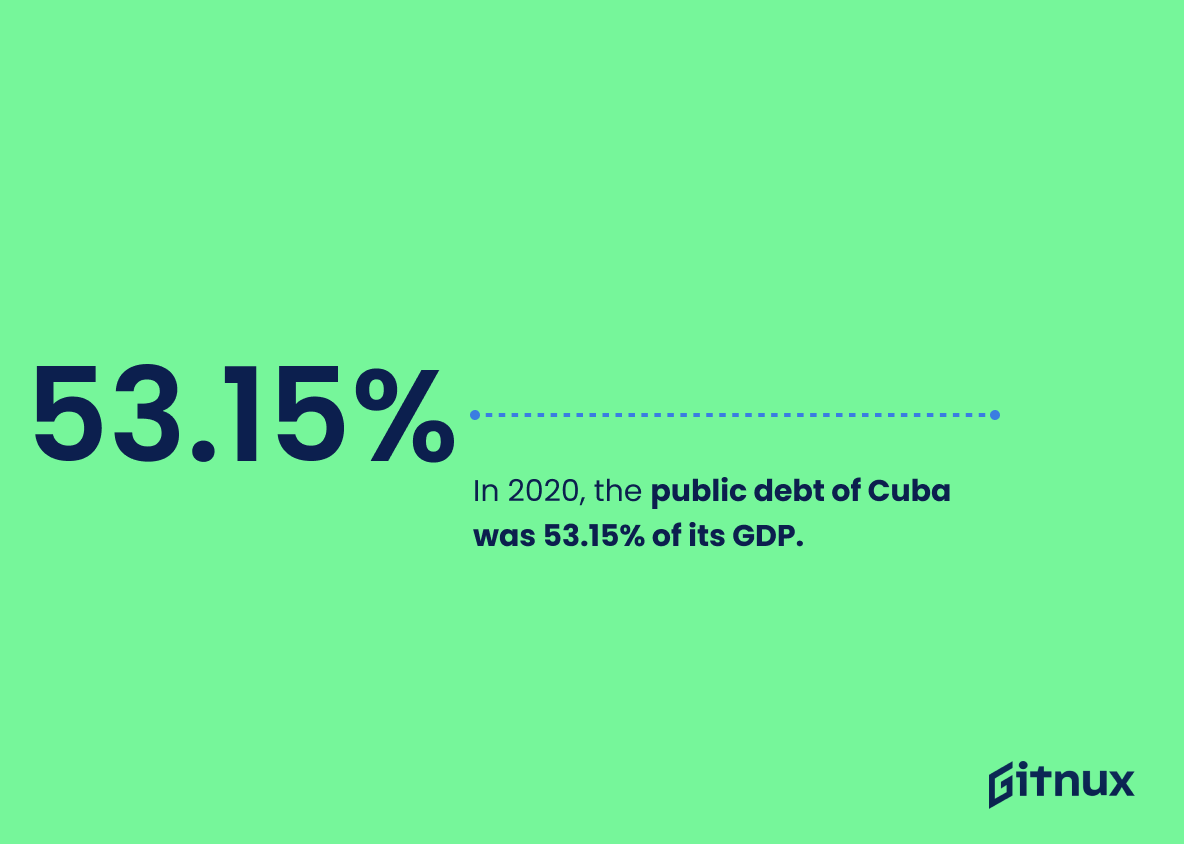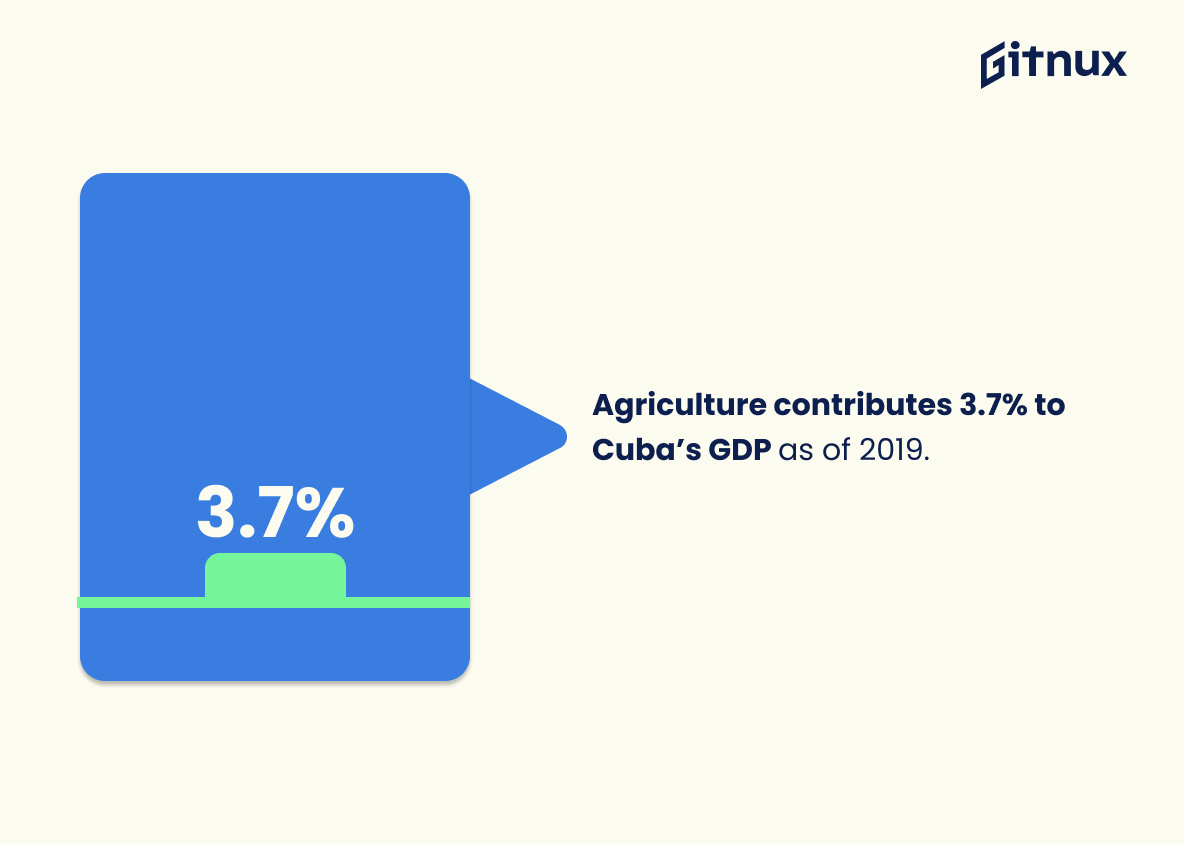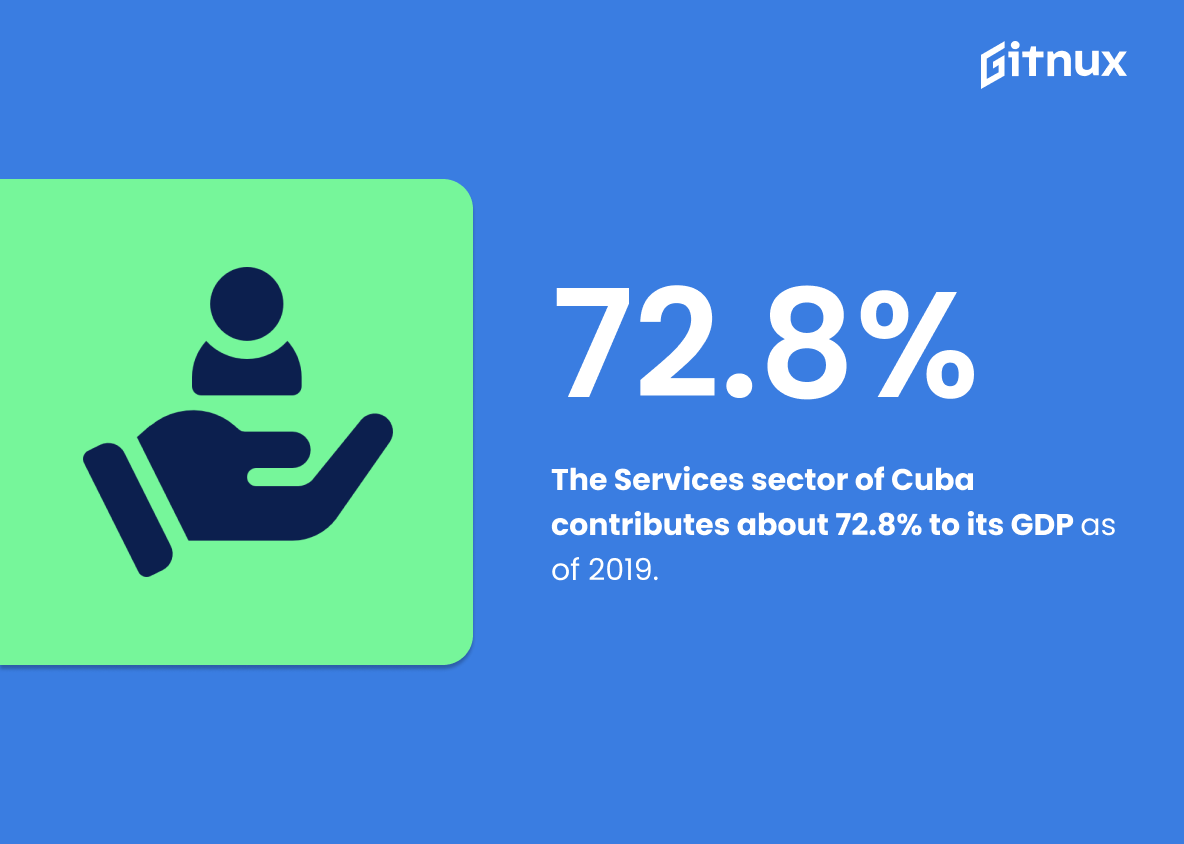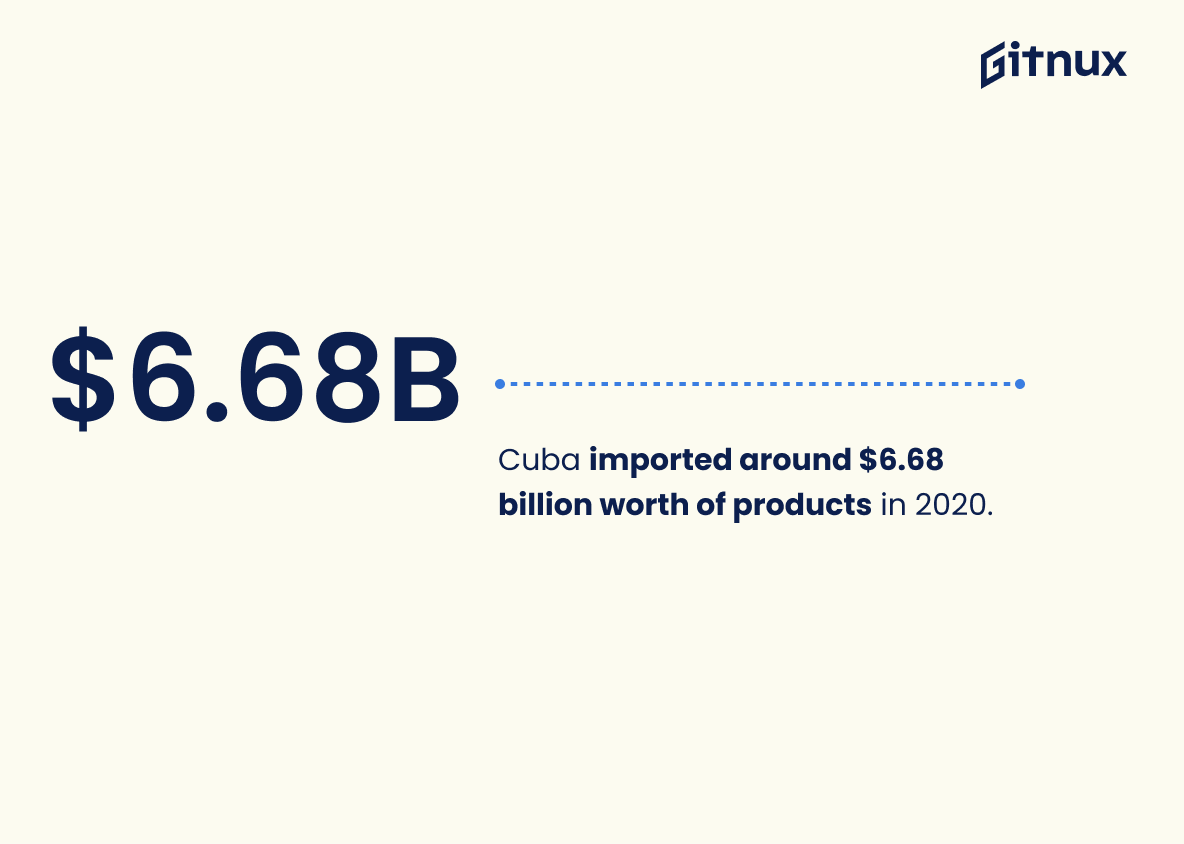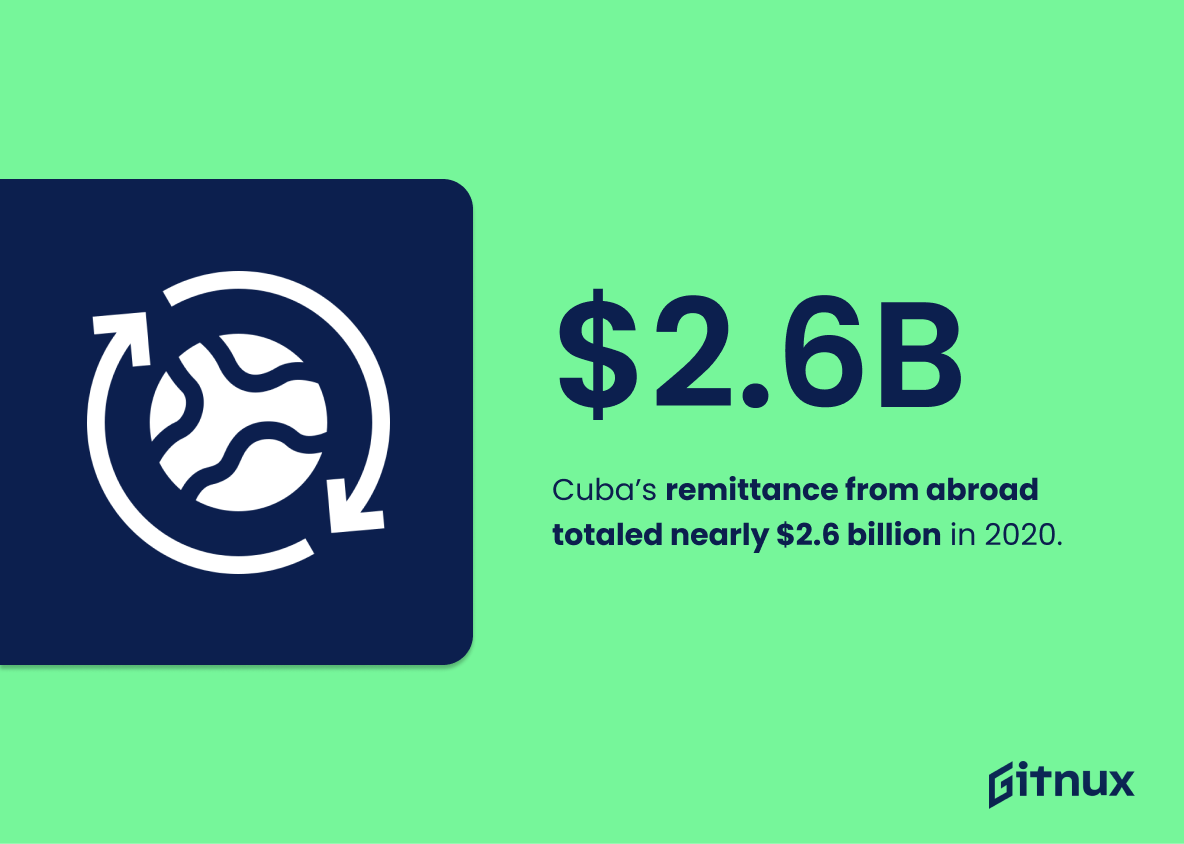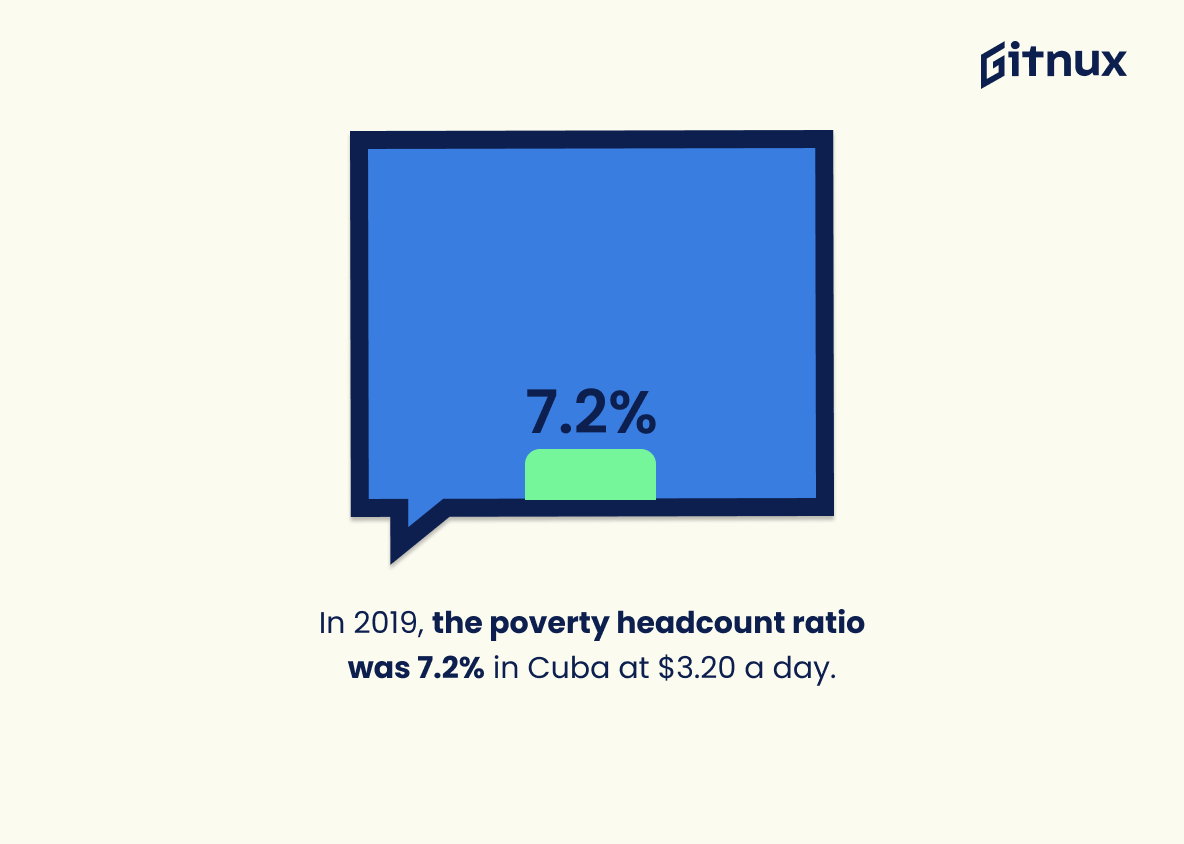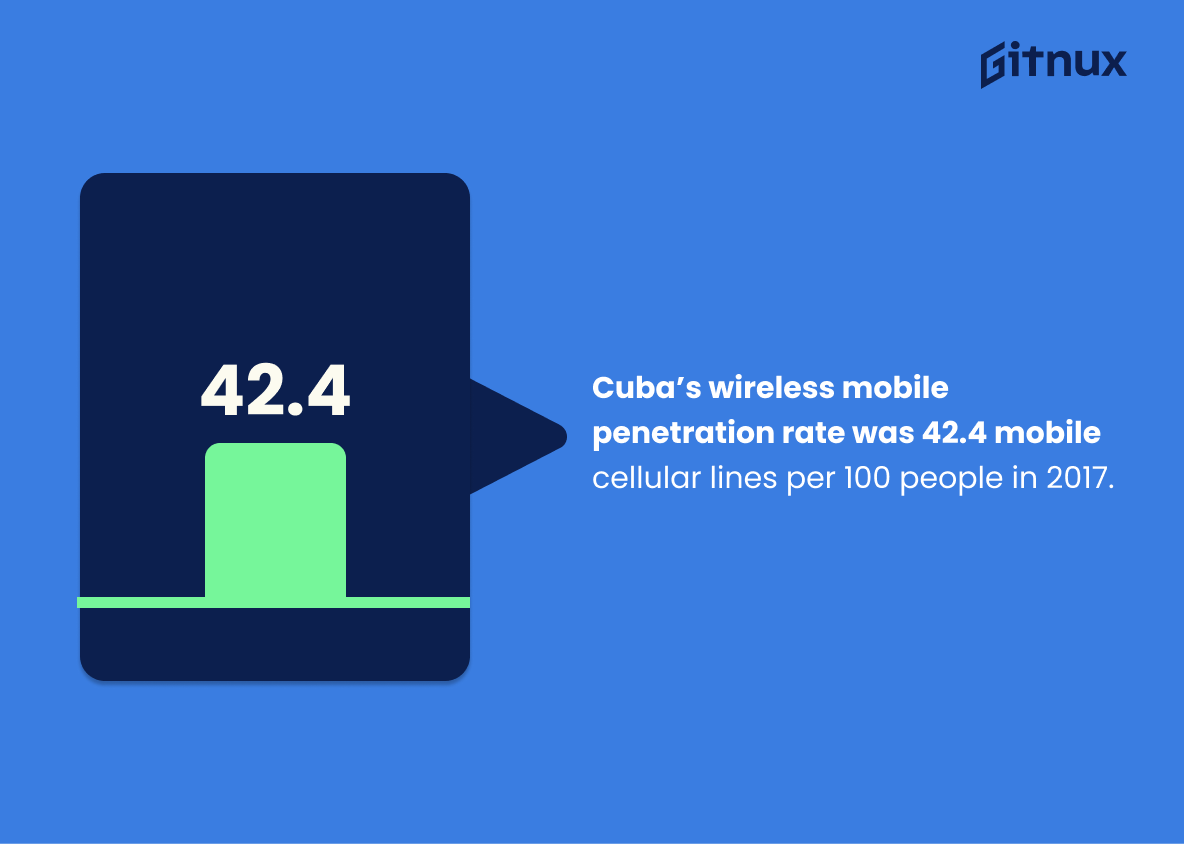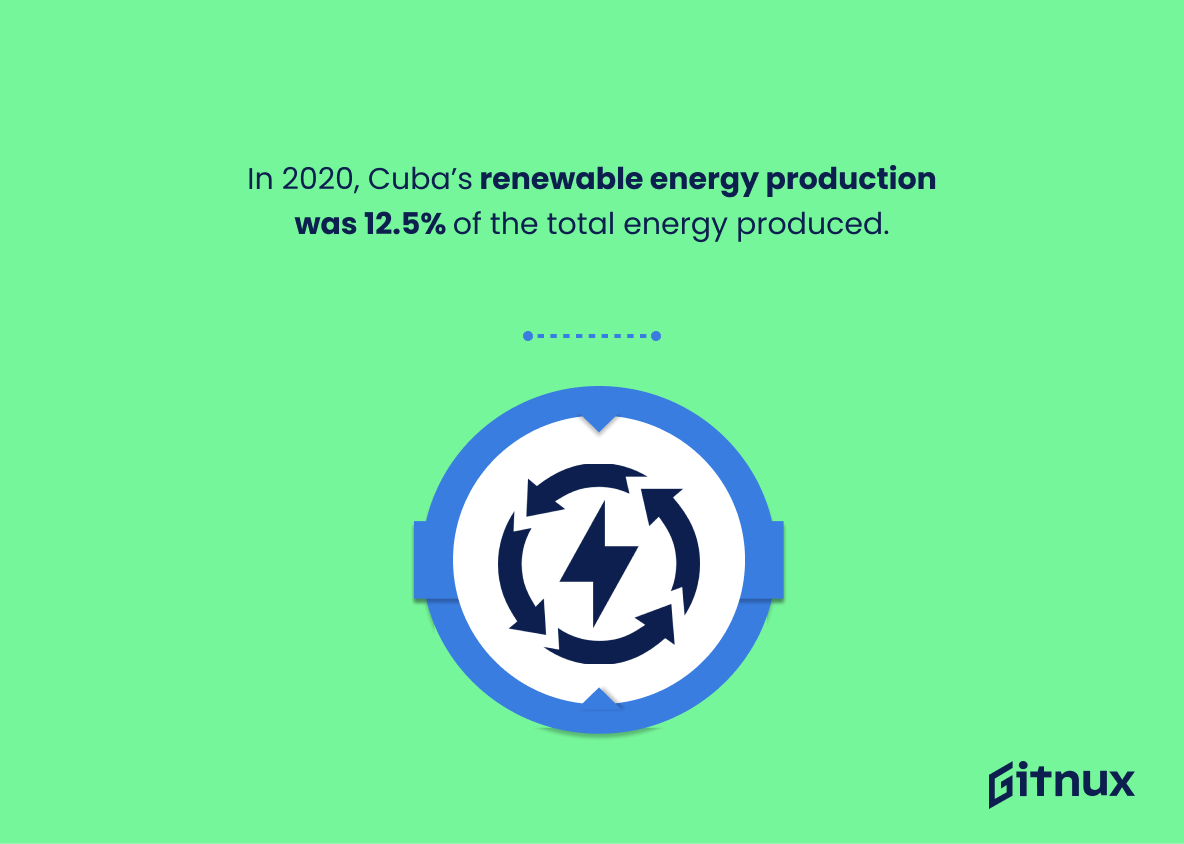Cuba is a Caribbean island nation with an economy that has experienced significant changes in recent years. This blog post will explore the economic statistics of Cuba, including its GDP, GDP per capita, growth rate, unemployment rate, inflation rate and public debt as well as contributions from agriculture and industry to its overall GDP. Additionally we’ll look at exports and imports figures for 2020 along with remittances from abroad; poverty headcount ratio; literacy rates among adults; wireless mobile penetration rates; tourist arrivals in 2020; renewable energy production percentage of total energy produced in 2020 and foreign direct investment into Cuba during the same year.
Cuba Economic Statistics Overview
Cuba’s unemployment rate was 3.5% in 2020.
The low unemployment rate of 3.5% in 2020 is a testament to the strength of the Cuban economy. It shows that despite the challenges of the global pandemic, Cuba has been able to maintain a steady level of employment. This is a positive sign for the future of the Cuban economy and a sign of hope for the people of Cuba.
The inflation rate in Cuba was 6.4% in 2020.
The inflation rate in Cuba is an important indicator of the country’s economic health. It provides insight into the cost of living, the purchasing power of the Cuban people, and the overall stability of the economy. By understanding the inflation rate, we can gain a better understanding of the economic situation in Cuba and how it affects the lives of its citizens.
In 2020, the public debt of Cuba was 53.15% of its GDP.
This statistic is a telling indicator of the economic health of Cuba. It reveals that the country is carrying a significant amount of debt relative to its GDP, which could be a sign of financial instability. This could have a negative impact on the country’s ability to attract foreign investment and could lead to a decrease in economic growth. As such, this statistic is an important piece of information to consider when discussing Cuba’s economic statistics.
Agriculture contributes 3.7% to Cuba’s GDP as of 2019.
This statistic is a telling indication of the importance of agriculture in Cuba’s economy. It highlights the fact that, despite the country’s relatively small size, agriculture still plays a significant role in its overall economic output. This is especially noteworthy given the fact that Cuba is a largely urbanized nation, with a majority of its population living in cities. Thus, this statistic serves as a reminder that the agricultural sector is still a vital part of the Cuban economy and should not be overlooked.
The Industrial sector contributes about 24.8% to Cuba’s GDP as of 2019.
This statistic is a telling indication of the importance of the Industrial sector to Cuba’s economy. It highlights the significance of this sector in driving the country’s GDP and serves as a reminder of the need to continue to invest in and develop this sector in order to ensure the country’s economic growth and stability.
The Services sector of Cuba contributes about 72.8% to its GDP as of 2019.
This statistic is a telling indication of the importance of the Services sector to the Cuban economy. It highlights the fact that the Services sector is a major contributor to the country’s GDP, and thus serves as a reminder of the need to ensure that this sector remains strong and vibrant. This is especially important in light of the current economic challenges facing Cuba, as the Services sector is a key driver of economic growth and development.
Cuba’s exports totaled $1.8 billion in 2020.
The fact that Cuba’s exports totaled $1.8 billion in 2020 is a testament to the country’s resilience in the face of economic hardship. Despite the challenges posed by the global pandemic, Cuba was able to maintain a steady level of exports, demonstrating the strength of its economy. This statistic is a reminder of the importance of international trade and the potential for economic growth in Cuba.
Cuba imported around $6.68 billion worth of products in 2020.
This statistic is a telling indication of the economic state of Cuba in 2020. It reveals that despite the global economic downturn caused by the COVID-19 pandemic, Cuba was still able to import a significant amount of products, indicating that the country was able to maintain a certain level of economic activity. This statistic is an important piece of information for anyone looking to gain a better understanding of the Cuban economy.
In 2020, Cuba’s top export partner was China, with 31% of exports.
This statistic is a telling indication of the economic relationship between Cuba and China. It shows that China is Cuba’s most important trading partner, accounting for a significant portion of the country’s exports. This highlights the importance of the Chinese market for Cuba’s economy and the need for Cuba to maintain strong ties with China in order to ensure its economic stability.
In 2020, Cuba’s top import partner was Russia, with 19.6% of imports.
This statistic is a telling indication of the economic ties between Cuba and Russia. It highlights the importance of Russia as a trading partner for Cuba, and the reliance of the Cuban economy on Russian imports. This is an important factor to consider when discussing Cuba’s economic situation, as it provides insight into the country’s economic relationships and the potential impact of those relationships on its economy.
Cuba’s remittance from abroad totaled nearly $2.6 billion in 2020.
The statistic of Cuba’s remittance from abroad totaling nearly $2.6 billion in 2020 is a testament to the strength of the Cuban diaspora and their commitment to their homeland. This influx of money is a major source of economic stability for the country, providing a much-needed boost to the Cuban economy. It is a sign of the resilience of the Cuban people and their dedication to their homeland, even in the face of economic hardship.
In 2019, the poverty headcount ratio was 7.2% in Cuba at $3.20 a day.
This statistic is a telling indication of the economic situation in Cuba. It reveals that despite the country’s impressive economic growth, there is still a significant portion of the population living in poverty. This statistic is a reminder that economic progress must be accompanied by social progress in order to ensure that all citizens have access to the basic necessities of life.
In 2019, the literacy rate for adults was 99.7% in Cuba.
The impressive literacy rate of 99.7% in Cuba in 2019 speaks volumes about the country’s commitment to education and its potential for economic growth. With such a high literacy rate, Cuba is well-positioned to take advantage of the knowledge economy and capitalize on the opportunities it presents. This could be a major factor in the country’s economic success in the future.
Cuba’s wireless mobile penetration rate was 42.4 mobile cellular lines per 100 people in 2017.
The statistic of Cuba’s wireless mobile penetration rate is a telling indicator of the country’s economic progress. It shows that despite the country’s limited resources, it has managed to provide its citizens with access to mobile technology, which is essential for communication and access to information. This statistic is a testament to the Cuban government’s commitment to providing its citizens with the tools they need to stay connected and informed.
In 2020, Cuba’s renewable energy production was 12.5% of the total energy produced.
This statistic is indicative of Cuba’s commitment to sustainability and environmental protection. It shows that the country is taking steps to reduce its reliance on non-renewable energy sources and is making progress towards a greener future. This is an important factor in the overall economic health of the country, as it can help to reduce costs associated with energy production and consumption, as well as helping to reduce the environmental impact of energy production.
Conclusion
Cuba’s economic statistics in 2020 paint a picture of an economy that is struggling to recover from the effects of the pandemic. The country has seen its GDP shrink by 11%, with per capita income estimated at $8,722 and unemployment rate standing at 3.5%. Inflation was 6.4% while public debt stood at 53.15% of GDP in 2020. Agriculture contributed 3.7%, industry 24.8%, and services 72.8% to Cuba’s total GDP for 2019 respectively, while exports totaled $1 billion and imports were around $6 billion during the same year; China being Cuba’s top export partner (31%) followed by Russia as their main import partner (19%). Remittances from abroad amounted to nearly $2 billion in 2020, poverty headcount ratio was 7 percent ($3/day) whereas literacy rate among adults was 99 percent last year; mobile cellular lines penetration rate reached 42 people per 100 inhabitants in 2017 whilst renewable energy production accounted for 12 % of all energy produced within the same period; foreign direct investment into Cuba recorded only 13 million dollars throughout 2020 due mainly to travel restrictions imposed worldwide because of Covid-19 outbreak which also affected tourist arrivals dropping them down 2 million visitors compared with previous years figures .
References
0. – https://www.statista.com
1. – https://www.data.worldbank.org
2. – https://www.worldbank.org
3. – https://www.ceicdata.com
4. – https://www.oec.world
5. – https://www.databank.worldbank.org
6. – https://www.focus-economics.com

